Battling gets rough sometimes. A fight in any universe can involve grabbing your foe, clinching up with them, or trying to choke them out. To translate this into tabletop gameplay, Dungeons & Dragons 5th Edition includes the Grapple action, a special combat ability that anyone can do at any time.
Grappling is historically underrepresented in 5E, for good reason. But, grappling has a lot to offer a party that uses it right. Let’s talk about why getting your hands dirty can be a clean solution to many 5E problems.
How to Grapple in 5E
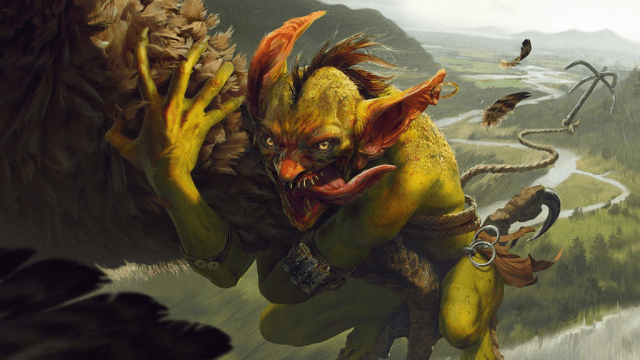
A Grapple is part of the Attack action and replaces a weapon swing. To Grapple, a target must be within your character’s reach, must be no larger than one size category than you, and your character must have a free hand. Roll an Athletics check against the target’s Athletics or Acrobatics check. On a success, the target is Grappled, which means they move when you move, have their speed reduced to zero, and can’t move voluntarily without magical aid.
For example, Timbig the Ranger tries to Grapple Zigzug the Artificer. Timbig uses his Athletics check on Zigzug and rolls a 12. Zigzug gets to choose between Athletics and Acrobatics and roll the better one. Zigzug chooses Acrobatics, but rolls a 10. Timbig begins a Grapple on Zigzug, who now has a speed of zero and moves when Timbig moves.
Since grappling replaces just one weapon attack, you can make multiple Grapple attempts or still make a weapon strike if you have the Extra Attack feature. However, Grapple uses your character’s reach; a Whip, for example, does not give you another five feet of reach to hold onto someone with—unless your DM is cool with an Indiana Jones-style escapade.
While a creature is Grappled, they can try to escape by using either Athletics or Acrobatics. This is a rolled check, so it can benefit from advantage or disadvantage. Until the creature escapes, they are considered Grappled. A creature can also escape by pushing the Grappler out of arm’s reach or knocking them out cold.
That said, despite how hard it is for some characters to escape, being Grappled isn’t that bad in 5E. The only real restriction is that while Grappled, you can’t use your speed to move. By default, being held doesn’t restrict actions. A Grappled creature can still swing a weapon or interact with their backpack without much issue. Not even spellcasting is stopped—you can still teleport, like with Misty Step, to escape a Grapple.
Plus, it’s quite difficult to Grapple in the first place. Medium creatures can only Grapple Large or smaller creatures. And poor Small creatures can barely Grapple anything. A Gnome can only Grapple something as large as a Human. That means your Small Grappling build will run into problems immediately.
Why should I Grapple?—explained

The Grapple maneuver makes it so anybody can theoretically stop movement. While it might seem underwhelming on the surface, this is an excellent combo with the Silence spell and other magic that effects a character that is forced still.
The most common use of Grapple is to keep a caster stuck inside of a Silence spell. Few magics are castable without verbal components, including teleportation magic like Misty Step or Dimension Door. But, Silence is stationary, meaning a move action typically lets a caster get out scot-free.
That changes with Grappling. Using a Grapple, an enemy caster must get a god-roll on their Athletics or Acrobatics check or be unable to move. They’re stuck, Grappled by an angry Fighter or Barbarian, while completely silent within the Silence’s radius. That’s a deadly combo for a single casting enemy to deal with. It effectively allows a Barbarian to solo any caster in the game, as long as they’re raging and the caster doesn’t have a trick up their sleeve, like Subtle Spell.
You can also use forced movement to combine effects with spells like Spike Growth, potentially dealing high damage. If your foe is inside a Spike Growth spell and you succeed on a Grapple, you can start moving them through the squares of the Spike Growth, dealing 2d4 damage per square.
This applies to many spells that deal lots of damage but are completely stationary, like Sickening Radiance or Wall of Fire. With careful positioning and a free hand, you can sacrifice a little bit of damage on your end to deal extra damage through spell effects.
How to improve Grapple checks
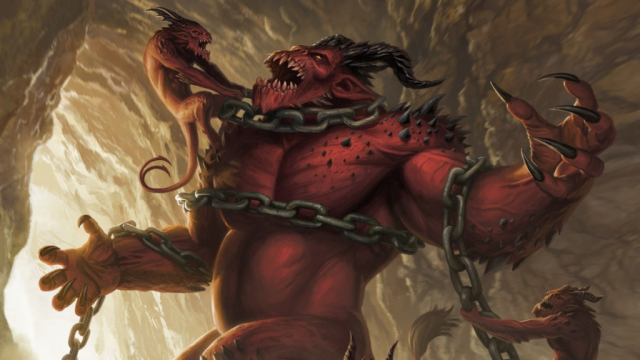
Grapple checks are Athletics-based, so any effect that improves your Athletics can improve your chance of landing a Grapple. Popular methods include gaining proficiency in the skill, getting advantage on the roll, or finding alternative bonuses that can raise your Athletics through the roof.
Athletics, as a Strength-based ability check, is easy to raise through many different methods. Getting proficiency in Athletics, either through your class or a background, is a good start. This will add between two and six to your Athletics checks.
A high Strength score is another good option. Strength and proficiency in Athletics add together to determine your Grapple check. Considering your Strength can be as high as +10 in 5E with the right magic items, it behooves you to have it as high as possible if you want to Grapple consistently.
Several classes offer unique bonuses to Athletics. Including:
- Expertise, from the Bard and Rogue classes among other choices, can double your proficiency modifier for Athletics.
- A raging Barbarian can access advantage on the check, but only while raging. Reckless Attack does not grant bonuses to Grapple, since it is not a weapon attack roll.
- While in Wild Shape, Druids can access strong Grapplers that hold enemies down and apply bonus effects. These animals tend to have higher Athletics than a magic user can get.
- The Grappling Strike Battle Maneuver gives you the ability to make a free Grapple after a strike.
- An Oath of Glory Paladin can channel their divinity to get advantage on Athletics and Acrobatics checks for 10 minutes.
That’s not all you can do, thankfully. There are a few feats and magic items that can smooth things out just a bit.
- The Skilled and Skill Expert feats are great if you need extra proficiency or if you want expertise in a skill without multiclassing.
- The Tavern Brawler feat allows you to make a Grapple check as a bonus action, provided you attacked with specific weapon types first.
- Any generic item that improves ability check rolls or proficiency, such as the Luckstone or Mastery Ioun Stone, will aid your ability to Grapple through raw modifier improvements.
- Magic that improves Strength ability checks, like Guidance or Enhance Ability, will help a Grappler during the heat of the moment.
- Improving the size of the Grappler with spells like Enlarge and Reduce or class features like the Rune Knight’s Giant’s Might can let them Grapple larger creatures. Potions of Growth are a must-have for any Grappler worth their salt.
It’s also a good idea to boost saving throws and get the Mage Slayer feat. Magic is a very common way for a Grapple to end, since it ends once the Grappler is moved away from the target. Spells like Scatter or Thunderwave can quickly end a successful grab. So, by investing in your saving throws, you’ll have an easier time clinging onto priority targets.
How to improve Grapple effects

If you want your Grapple to be more effective, you’ll want to look into feats and class features. Most only somewhat improve the effectiveness of your Grapple, such as by adding damage. One of them is not recommended to use, even though it definitely buffs the Grappled condition. Sadly, without using magical items, it’s difficult to turn Grapple into anything more than a method of stopping movement.
The most notorious way to improve its effects is with the Grappler feat. This feat allows the Grappler to gain advantage against creatures that are being held. It also gives them the ability to pin the creature by spending their action to restrain both themselves and the target. While this feat has some upsides, spending an action to restrain yourself is hilariously bad and will make you take a ton of damage outside of very specific scenarios.
While there isn’t too much more you can do to improve a Grapple, there are a few other things to consider. For instance, the Fighter’s Unarmed Fighting fighting style allows you to deal damage to a target you’re grappling at the beginning of every turn.
There are also a few items that allow you to deal damage while grappling, such as Battlerager Armor, but that’s pretty much it. All things considered, Grappling is certainly one of the less popular mechanics of 5E. Hopefully, in One DnD, we’ll get a build that fully takes advantage of Grappling, like a Grapple-based Monk.


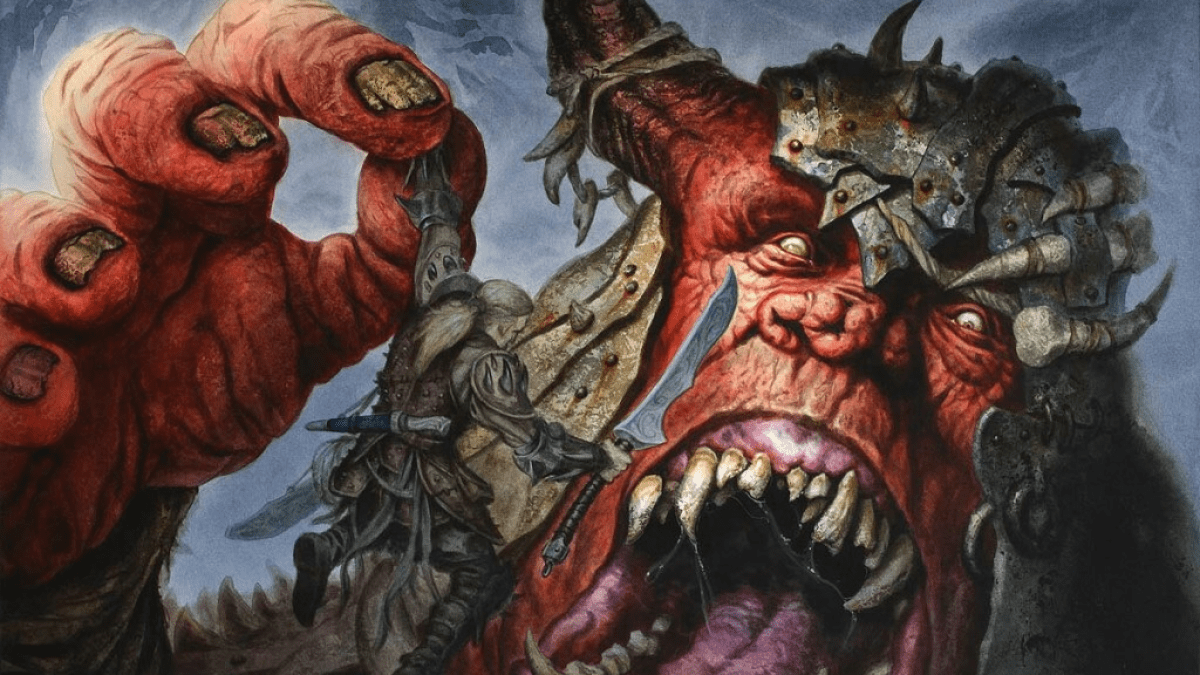


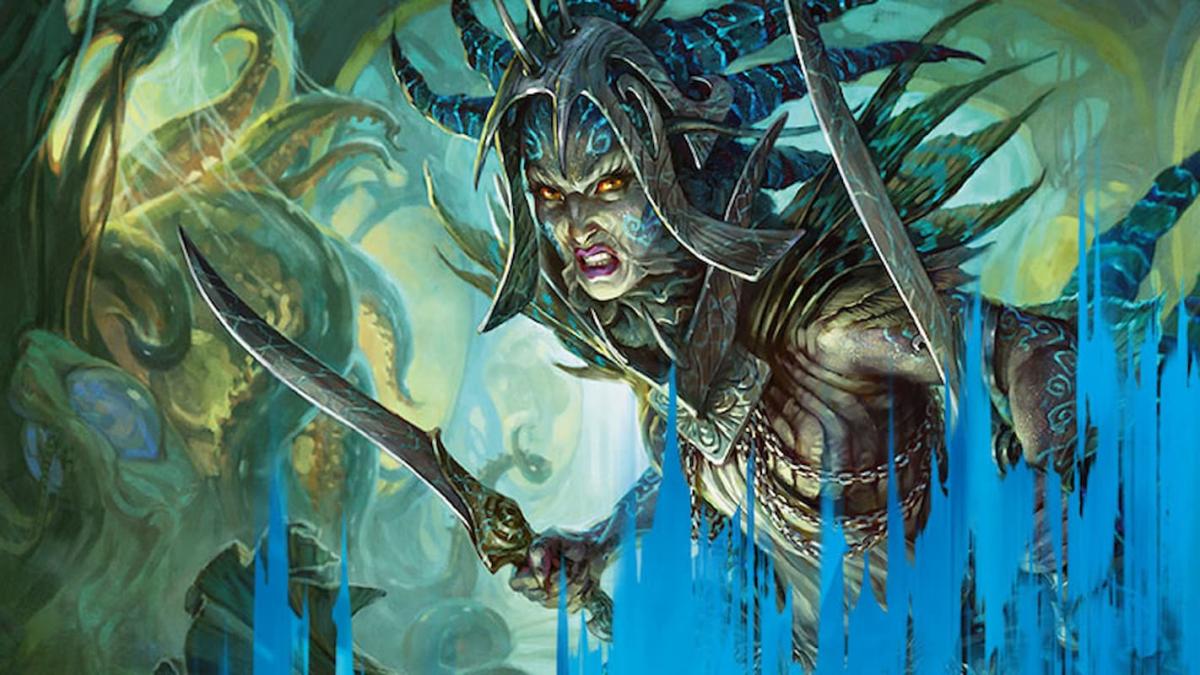
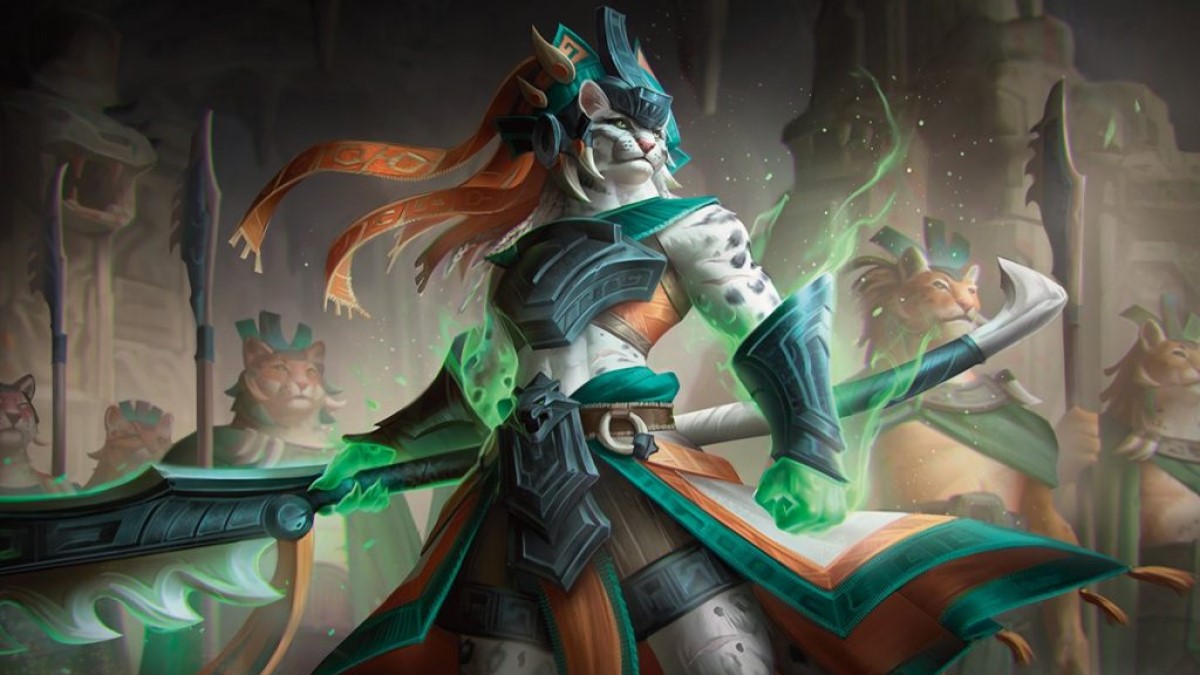





Published: Nov 11, 2023 11:22 am